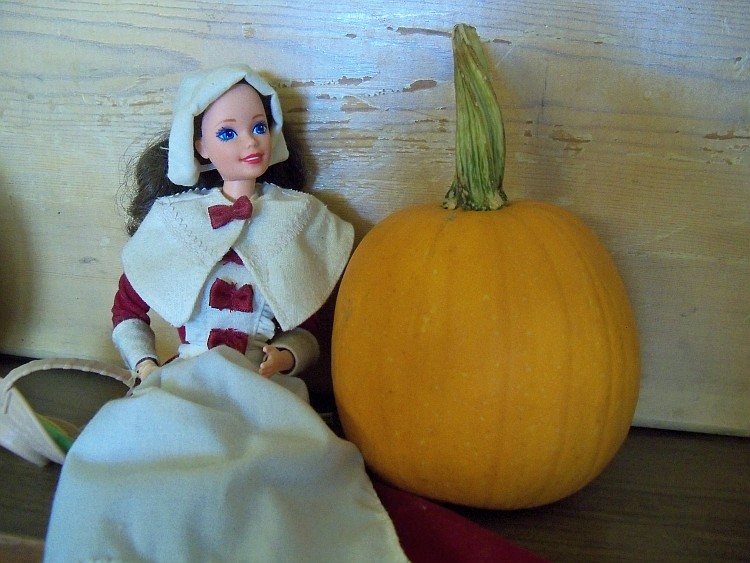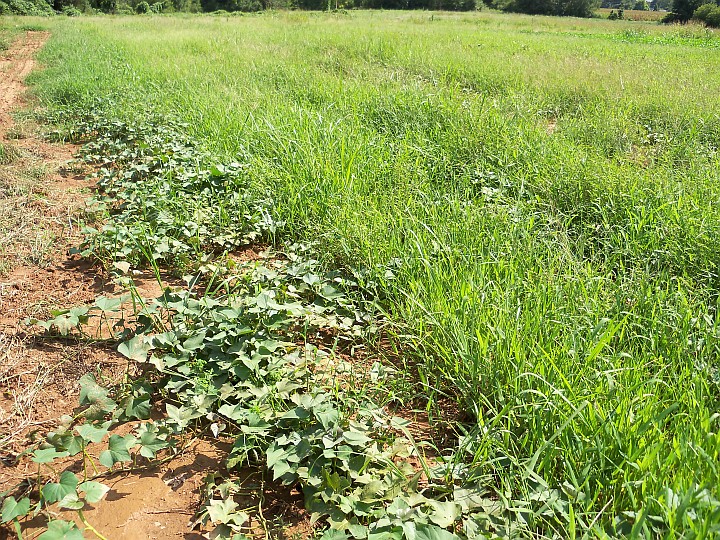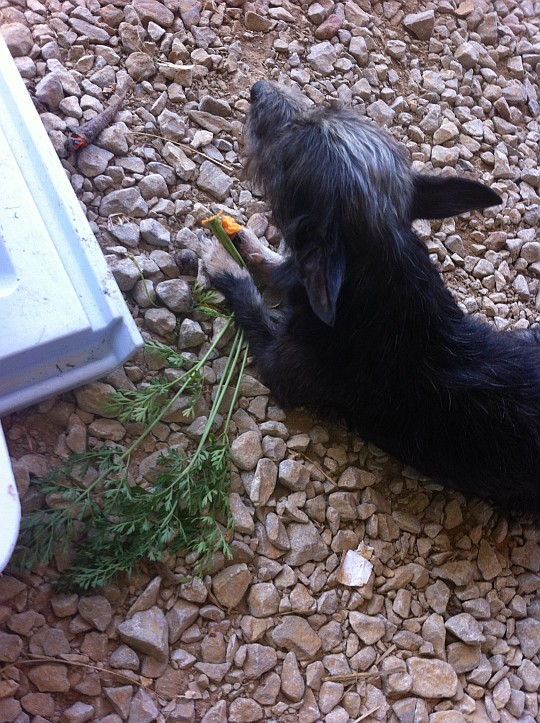Over our morning coffee, Randy told me about a dream he had last night. He was hoeing his way through the field and the weeds were growing up behind him just as fast as he was hoeing, reaching well over his head. I was calling for him but couldn’t find him. He was lifting the hoe over his head, trying to reach over the weeds so that I could see him.
Needless to say, Randy has been doing a lot of hoeing lately.
I, on the other hand, have been dreaming about squash. The squash bugs have been taking up a lot of my energy, both mental and physical. I realize that I may have made a critical error early in the season. When the first squash bugs turned up I thought, “no need to panic, I have a plan.” The plan involved row cover, resistant varieties (ha!), hand-picking, and, if necessary, pyrethrin. Turns out panicking was the right response. What I know now is that there is a law of universe – no matter what you do, there will be more squash bugs tomorrow then there are today. Your best bet is to try and keep them at bay.
I have squished thousands, if not tens of thousands, of squash bugs. A close cousin of the stink bug, they are supposed to smell bad when you squish them. I rather like the smell, it is almost like an artificial fruit flavoring. Think squash bug Jolly Rancher. The internet tells me other people describe it as cilantro and citrus.
In addition to hand picking, I have also been spraying in the evening, after the pollinators go to bed. When sprayed with pyrethrin, an organic insecticide, some insects have the courtesy to begin frantically cleaning themselves and, if you watch, will die right before your eyes (that’s not sadistic, is it?). Squash bugs do not oblige. They just crawl away leaving you to wonder if giving in to the dark side by using a broad spectrum insecticide (yes, it’s organic) has done any good for its potential harm.
The state of the squash is…not so good. Admittedly, it is not all the fault of the squash bug. The cucumber beetles have been helping and I have even found some pickleworms – a new one for me. I have harvested one orange Baby Pam pumpkin. I would never encourage a home gardener to calculate the value of their home grown produce based on costs and time investment. But this is a business, we’re kind of supposed to do that. My conservative estimate is that my one pound Baby Pam pumpkin cost us about $200 to produce. Hopefully, more Baby Pams will emerge, and that number will go down.
As for next year, we have made several modifications to the squash bug control plan that I won’t bore you with here. Most importantly, the day I see the first squash bug eggs, I will commence the appropriate response and PANIC.
If you would like to see more recent photoe, click here. Pics are in orer from latest first to oldest last.





